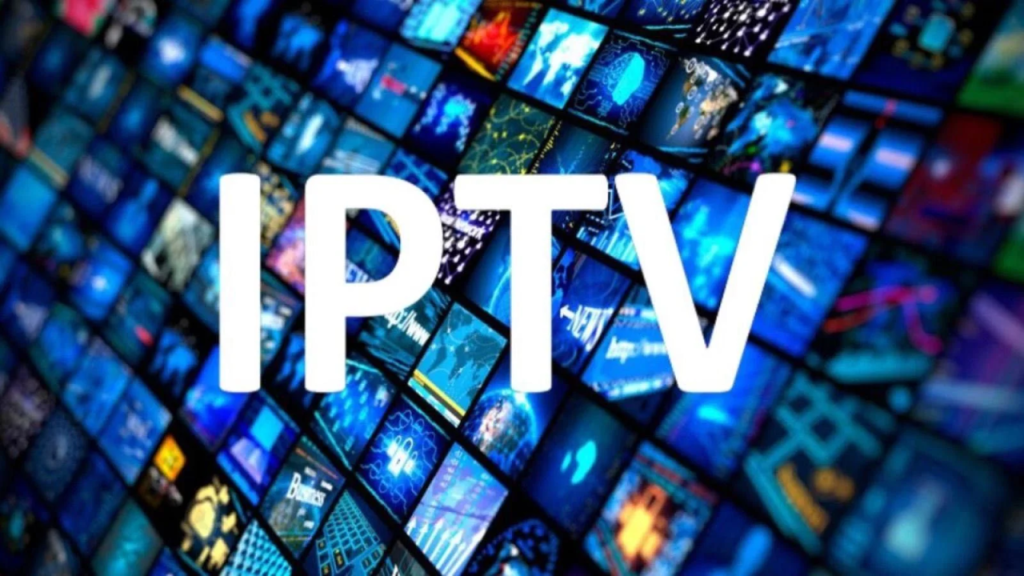Healthcare systems worldwide are experiencing an unprecedented surge in demand for allied specialists, including physical therapists, radiology technicians, laboratory professionals, and other critical roles. Meeting this demand requires innovative workforce strategies that are both scalable and sustainable. Traditional staffing models often fall short, leaving healthcare organizations struggling to maintain quality care and operational efficiency. Scalable workforce solutions provide a strategic approach to address these challenges.
Understanding the Allied Specialist Workforce Challenge
Allied specialists play a vital role in patient care, diagnostics, and treatment support. However, healthcare organizations face several workforce challenges:
- Growing patient volumes and aging populations
- Shortages of trained allied professionals
- High turnover rates and workforce burnout
- Pressure to reduce labor costs while maintaining care quality
Addressing these issues requires workforce solutions that go beyond filling vacancies and focus on long-term strategic planning.
How Scalable Workforce Solutions Work
Scalable workforce solutions leverage technology, data analytics, and flexible staffing models to ensure that healthcare organizations can respond to fluctuations in demand effectively. These solutions allow for real-time visibility and proactive workforce management.
Key components include:
- Centralized staffing platforms to manage scheduling and availability
- Data-driven forecasting to anticipate patient volume and staffing needs
- Flexible workforce models including part-time, per diem, and cross-trained staff
- Skill-based allocation to match specialists with patient care requirements
By combining these elements, healthcare organizations can optimize staffing while reducing administrative overhead.
Benefits of Scalable Solutions for Allied Specialists
Implementing scalable workforce strategies delivers tangible benefits across multiple dimensions of healthcare delivery.
- Enhanced patient care through appropriate staffing levels
- Reduced burnout among allied professionals with balanced workloads
- Cost optimization by minimizing overtime and reliance on external agencies
- Improved retention by offering flexible work arrangements
- Operational agility to handle seasonal spikes or sudden demand surges
These benefits make it possible for healthcare providers to maintain high-quality care without overburdening staff.
Leveraging Technology for Workforce Agility
Technology plays a critical role in enabling scalable workforce solutions. Advanced analytics, AI-driven scheduling, and predictive modelling help healthcare organizations:
- Forecast workforce requirements based on historical and real-time data
- Allocate staff efficiently across departments
- Automate repetitive administrative tasks
- Monitor workforce performance and adjust staffing plans proactively
Integrating these tools ensures a responsive workforce that can adapt to evolving patient needs.
Building a Future-Ready Allied Workforce
Scalable workforce solutions do more than solve immediate allied staffing challenges they lay the foundation for a resilient and future-ready allied workforce. By aligning staffing strategies with demand trends, healthcare organizations can create a sustainable workforce that supports both patient outcomes and employee satisfaction.
Proactive workforce planning, supported by scalable solutions, enables healthcare systems to:
- Maintain consistent care quality during peak demand
- Reduce operational risks associated with understaffing
- Foster a positive work environment for allied specialists
- Position themselves competitively in an increasingly complex healthcare landscape
Conclusion
As the demand for allied specialists continues to grow, scalable workforce solutions provide the strategic, technology-enabled framework healthcare organizations need. By combining flexibility, data-driven insights, and advanced scheduling tools, healthcare providers can meet patient needs efficiently, reduce staff burnout, and ensure long-term workforce sustainability.






